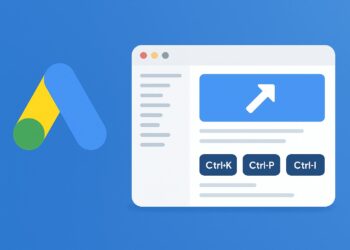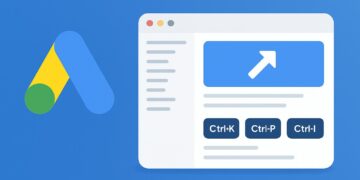Don’t fight the algorithm—stabilize it. Use safe, measured changes so Performance Max exits learning cleanly.
A practical signal that Smart Bidding is calibrated is around ______.
1 view‑through
50 conversions or ~3 conversion cycles
500 clicks only
5 conversions total for scale in context
Large, frequent changes to targets or budgets can ______ the learning phase.
bypass
reset
freeze
lock
To handle a short, predictable surge, use a ______ rather than daily manual tweaks.
ad rotation setting for scale
new account
new MCC
seasonal budget adjustment
Seasonality adjustments are intended for events roughly ______ in length.
a full quarter
1–7 days (short‑term)
indefinite periods
30–60 days
If scaling, increase budgets or tROAS/tCPA ______ to avoid volatility.
by 100% at once
gradually (e.g., single‑digit steps)
only on weekends
with daily resets for scale in context
Portfolio bid strategies don’t apply to ______, so each campaign learns on its own.
Discovery legacy
Search Standard
Demand Gen
Performance Max
A stable account structure that consolidates thin traffic can help ______.
reach learning thresholds faster
skip consent
disable modeling for scale
unlock RSAs
When you expect a short conversion‑rate spike, inform Smart Bidding with ______.
broad negatives only
shared budgets
a seasonality adjustment
a max CPC cap
During learning, it’s best to minimize changes to ______.
image alt text
ad text only
placements only for scale in context
targets, budgets, and key settings
If a change is needed mid‑learning, prefer ______ edits over structural rebuilds.
rotating URLs hourly
wholesale rebuild
daily swapping assets
small, isolated
Starter
Sharpen the essentials for this Google Ads topic; revisit setup steps and required settings.
Solid
Good grasp—tighten edge cases and advanced controls to lift real‑world performance.
Expert!
Excellent—your answers align with 2025‑level guidance; you can coach teams on this theme.
Mastering how to gracefully exit the learning phase in PMax is a skill that often shows up in tough interview discussions, as it reflects how well you balance stability with scaling. Hiring managers frequently link this topic with broader optimization tactics, which is why going through practical Google Ads interview questions can help you build stronger answers. To make your preparation sharper, take time to review these valuable resources on allocating asset group budgets by funnel stage, the role of automated rules, scripts, and the Ads API, and how store sales direct uploads improve omnichannel ROI. These insights not only guide you for interview questions but also give you real-world context to apply in campaign management.








